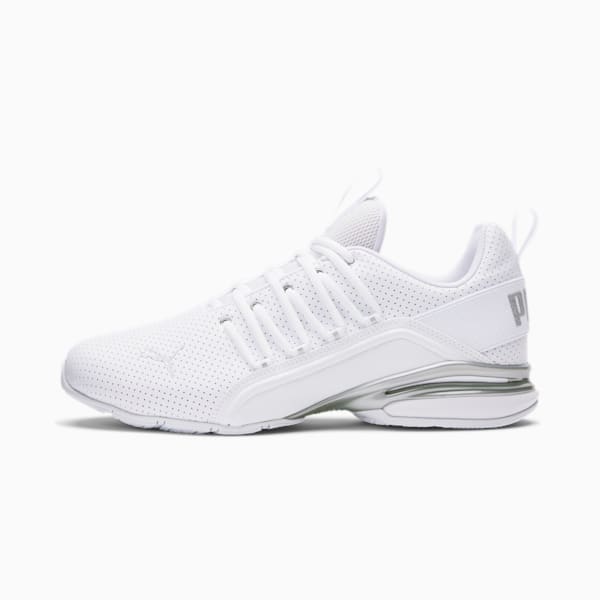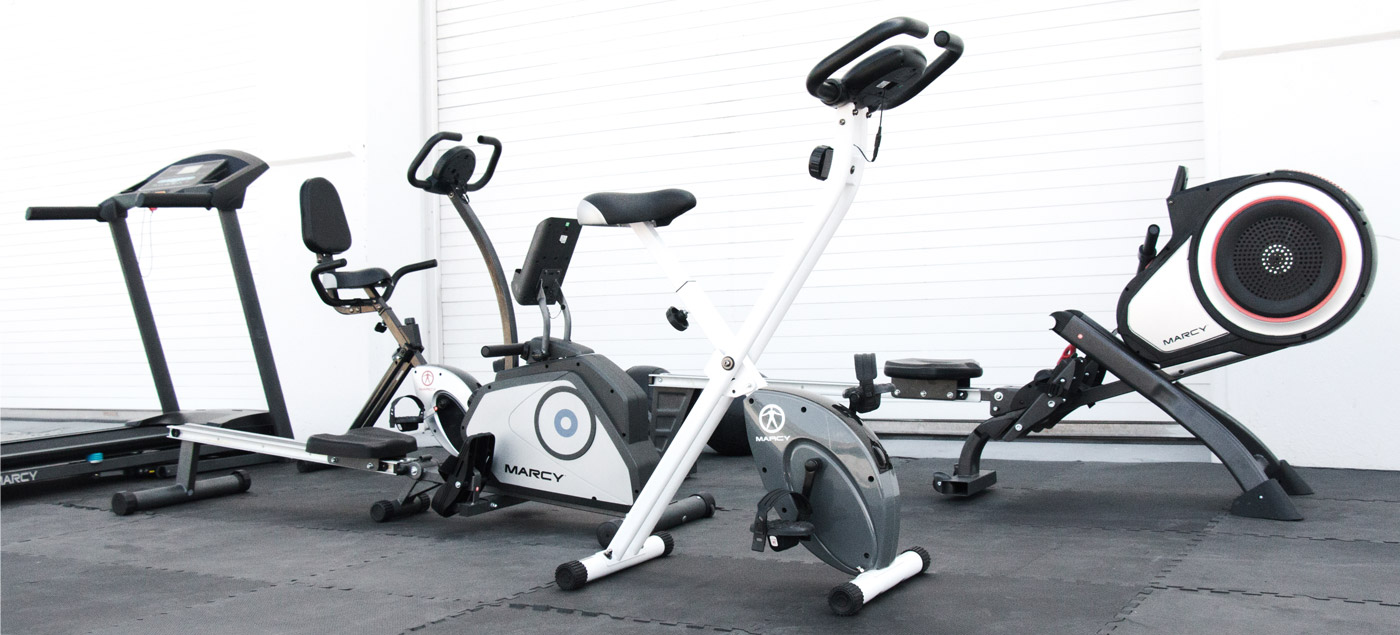
There are many opportunities for personal trainer jobs in Hawaii. You can help clients get healthier or rehabilitate from injuries. Additionally, you may be able help both locals or tourists in a resort setting. You might even be able work remotely. This can allow you to make the most of your home-based job.
The average salary for personal trainers is in Hawaii
Working as a personal trainer in Hawaii can be lucrative, but not without the proper training and certifications. A number of accredited colleges and universities offer a degree program in fitness training. The length of the programs ranges from 2 to 4 years. They include coursework and instruction in physiology as well nutrition and fitness theory.
To be a personal trainer in Hawaii you will need a degree or certification in CPR/AED. This type of job has many possibilities in Hawaii, including one branch of the 24-hour Fitness chain. There are 14 highly experienced personal trainers employed at the Honolulu Club, a large gym. Personal trainers in Hawaii will work with both locals as well as tourists.

Hawaii is one of the most beautiful and healthy places to work, and working as a personal trainer there can lead to a high-paying career. The average salary for a Hawaii personal trainer is $65,550, as of May 27, 2021. Your salary will vary depending on where you live, how much experience you have and what certifications or degrees your hold.
Education required to become a personal trainer in Hawaii
Hawaii has many universities and colleges that offer personal training degrees. The degree can be earned in a traditional classroom or online via blended learning. There are many courses that can be taken to become a Hawaii personal trainer, such as physiology, kinesiology and exercise science.
Hawaii is home of a low level of obesity in adults. This means that many people living here are looking to find personal trainers who can help them achieve their fitness goals. A personal trainer will assist their clients in improving their health through targeted exercise and nutritional advice. They are also able to assist individuals who want to improve their physical condition by helping them overcome limitations, such injuries.
The state of Hawaii's personal trainers earn some of the highest salaries in the nation. Hawaii's personal coaches earned an average salary in 2021 of $65,550. The pay range varies depending on education level and certifications as well as years of experience and where you live.

Personal trainer jobs in Hawaii
Personal trainers are in great demand in Hawaii, and a career as one in this state can provide a high-paying career. According to the Bureau of Labor Statistics, personal trainers in nonmetropolitan areas earned the fifth highest average pay in the country in 2013. Hawaii is a country that values physical fitness and active living. Personal trainers can find many job opportunities in Hawaii.
Many colleges and universities offer training for this field. The University of Hawaii at Manoa offers the Bachelor of Science degree in Kinesiology Rehabilitation Science. Brigham Young University also offers a Bachelor of Science degree in Exercise and Sports Science. Both schools offer intensive programs in exercise science and sports psychology.
Personal trainers are found in fitness centers and gyms. They help clients improve their overall health and fitness levels through personalized exercise programs and fitness training schedules. A personal coach in Hawaii can also help people lose weight. They will provide advice on diet and nutrition.
FAQ
What is the importance of good nutrition?
Our health and well-being depends on our nutrition. Healthy eating includes whole grains, fruits, vegetables, lean protein, dairy, and other healthy foods. A healthy diet will help you stay active and fit, which in turn leads to better overall health.
Is exercise good for me?
Yes. Regular exercise is a great way to lose weight. Exercise also helps keep your metabolism up, so you continue to burn calories even when you aren't exercising.
Can I exercise after eating?
It all depends on the type of exercise that you are doing. Avoid strenuous activities after meals because they can cause stomach cramps. Light aerobic activities, such as walking or biking, are better.
What Are Resistance Training Exercises?
Resistance training is performed with weights and other objects. Lifting weights, for example, can help strengthen your arms and shoulders, chest, backs, legs, core, and core. Resistance training promotes strength, muscle mass, and bone density.
What can exercise do for your body and mind?
Exercise can help you lose weight, increase muscle mass, improve energy levels, reduce stress and improve your sleep quality. Exercise can improve mood, self-esteem and productivity as well as reduce the risk of developing heart disease.
Do I need food before I exercise?
No. You don't have to eat before you start working out. If you feel hungry after working out, it is a good idea to have a light snack like yogurt or fruit.
How do I get started with Fitness?
Start small. Begin by taking 10 minutes each morning to walk around the block. This will allow you to learn the basic movements and give your body time to adjust to the new routine. Once you are comfortable with this form of exercise and have gained some experience, you can start adding steps to your daily workout routine.
Statistics
- One study showed that adults who watch more than 4 hours of television daily had an 80% higher risk of death from cardiovascular disease. (heart.org)
- In 2018, the World Health Assembly agreed on a global target to reduce physical inactivity by 15% by 2030 and align with the Sustainable Development Goals. (who.int)
- In high-income countries, 26% of men and 35% of women were insufficiently physically active, as compared to 12% of men and 24% of women in low-income countries. (who.int)
- According to the Centers for Disease Control and Prevention, chronic diseases cause 7 out of 10 deaths in the U.S., and treating chronic diseases accounts for 86% of U.S. healthcare costs. (mana.md)
External Links
How To
How to Burn Belly Fats Faster
When we are trying to lose weight, belly fat is often seen as a problem. It's actually a good thing, in fact. Your organs are protected from being damaged by excess belly fat. Let's learn how to quickly burn belly fat.
Stress and inactivity are two of the major factors that cause us to store body fat. Cortisol hormone is stimulated by stress, which causes us to feel constantly hungry. Cortisol levels are increased by insulin. The insulin then stores extra calories as fat. Lack of sleep causes the release of adrenaline into our system, leading to increased appetite. These extra calories are broken down through exercise.
There are many ways you can reduce belly fat. You can try any one of them depending upon your budget. These are some great tips to help you lose belly fat fast.
-
Eat less food. Instead of eating three large meals a day, eat smaller meals. This will result in fewer calories.
-
Make sure you drink plenty of water. Water flushes out toxins, and keeps your body hydrated. Water before each meal can help you feel fuller longer and reduce your appetite so that you don't overeat.
-
Avoid snack foods that are unhealthy. If you're looking for quick fixes, snack foods like chips, cookies, candies, etc. might seem tempting. Avoid these unhealthy treats. They are full of empty calories, too much sugar, and can be very fattening. Choose healthy alternatives like fruits and vegetables, nuts, seeds, whole grains, and seeds.
-
At least three times per semaine, do strength training. Strength training builds muscle mass and burns more calories when you're not working out. It strengthens bones muscles ligaments, tendons and the heart.
-
Move regularly and stretch. Stretching increases flexibility and mobility. It also reduces back pain. Walking is great for burning calories, especially brisk walking for 30 minutes.
-
Reduce alcohol intake. Avoid alcohol.
-
Slowly lose weight. To lose weight, the first step is to determine what your current weight. Add 5%-10% of your total bodyweight to calculate your ideal size. Once you have calculated your target weight, start reducing calorie consumption by 500-1000 calories daily until you reach your goal.
-
Avoid processed foods. These foods are high on sugar, salt, and additives. Although they are convenient, processed foods don't have enough nutrients to sustain your health.
-
Don't skip breakfast! Breakfast improves concentration, memory, energy, and stamina. Protein (like eggs), fiber and complex carbohydrates (like oatmeal) should be included in breakfast.
-
Have regular bowel movements. Bloating and gas can be caused by irregular bowel movements and constipation. To prevent this, drink plenty of water and increase fiber intake.